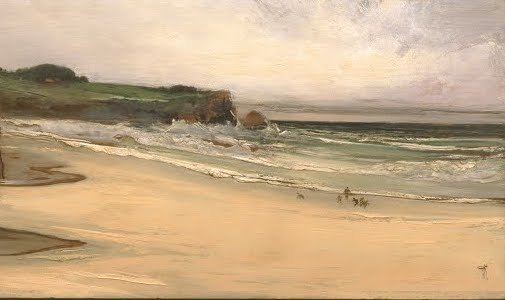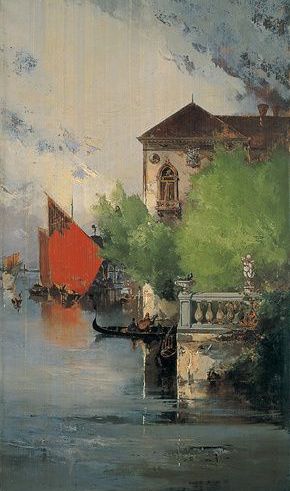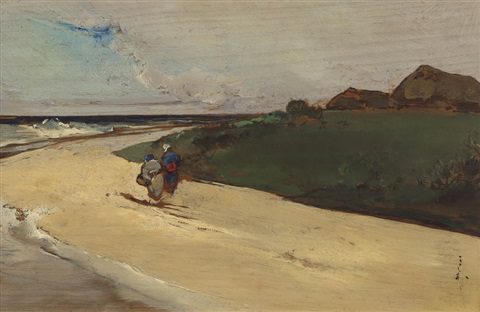Japan art and Kawamura Kiyoo: The early period
Lee Jay Walker
Modern Tokyo Times

Kawamura Kiyoo (1852-1934) was born during the late Edo Period. Yet, when only 16 years old, the Meiji Period (1868-1912) would begin. Thus, the new Meiji leaders encouraged Japanese artists to visit America and Europe. Therefore, in 1871, Kawamura began the international artistic adventure that took him to America, France, and Italy over many years.
In the pre-Edo Period, the artistic lore of China was all-encompassing. Alas, many artists could only study Chinese art, culture, philosophy, and other high cultural angles, at home and through the lens of Japanese culture. However, during the Edo Period, the closing of society internationally – although not fully shut from Dejima to the Ryukyu Kingdom along with the lasting legacy of China – the art world was dramatically different than the Meiji Period.

The Meguro Museum of Art (Tokyo) says, “KAWAMURA Kiyoo went to USA, France and Italy, in the early years of Meiji Era, and acquired the oil painting technique before any western-style-painting technique was introduced and spread in the Japanese art scenes. While he was learning the western-style painting techniques, he aimed at “the oil painting Japanese, the oil painting by Japanese.” However, oil painting by way of plein air expression was highlighted in Japan when he returned. Furthermore, there was an intense power struggle between Japanese-style painters and Western-style painters. KAWAMURA did not want to be closed in square canvasses and used oil painting techniques on boards with wood grains, lacquered boards, fan surfaces, and circular boards. He challenged to create paintings that would melt into the beautiful lives of the Japanese.”
Immediately during his international travel, Kawamura fused Western styles of oil paint along with traditional sumi ink. Hence, from the flow of oil painting differences and ideas, Kawamura would adapt to the changing world he was witnessing.

The Philadelphia Museum of Art says, “The new Meiji government sent Kawamura and a small group of other young Japanese artists to the United States and Europe in 1871 to study Western painting. Here Kawamura mixes oil paint, a common medium in the West, with sumi ink, used by Japanese artists for over two thousand years, to create a traditional type of Asian art: a pair of folding screens.”
He always remained open to ideas throughout his life. However, his early informative years would never leave his artistic soul. Therefore, many years after his international travel, the lore of canvases based on bark or silk remained for this independent and intriguing artist.

PLEASE SUPPORT MODERN TOKYO TIMES by DONATING
Modern Tokyo News is part of the Modern Tokyo Times group
DONATIONS to SUPPORT MODERN TOKYO TIMES – please pay PayPal and DONATE to sawakoart@gmail.com
http://moderntokyotimes.com Modern Tokyo Times – International News and Japan News
https://www.pinterest.co.uk/moderntokyotimes/ Modern Tokyo Times is now on PINTEREST
http://sawakoart.com – Sawako Utsumi personal website and Modern Tokyo Times artist
https://moderntokyonews.com Modern Tokyo News – Tokyo News and International News
PLEASE JOIN ON TWITTER
https://twitter.com/MTT_News Modern Tokyo Times